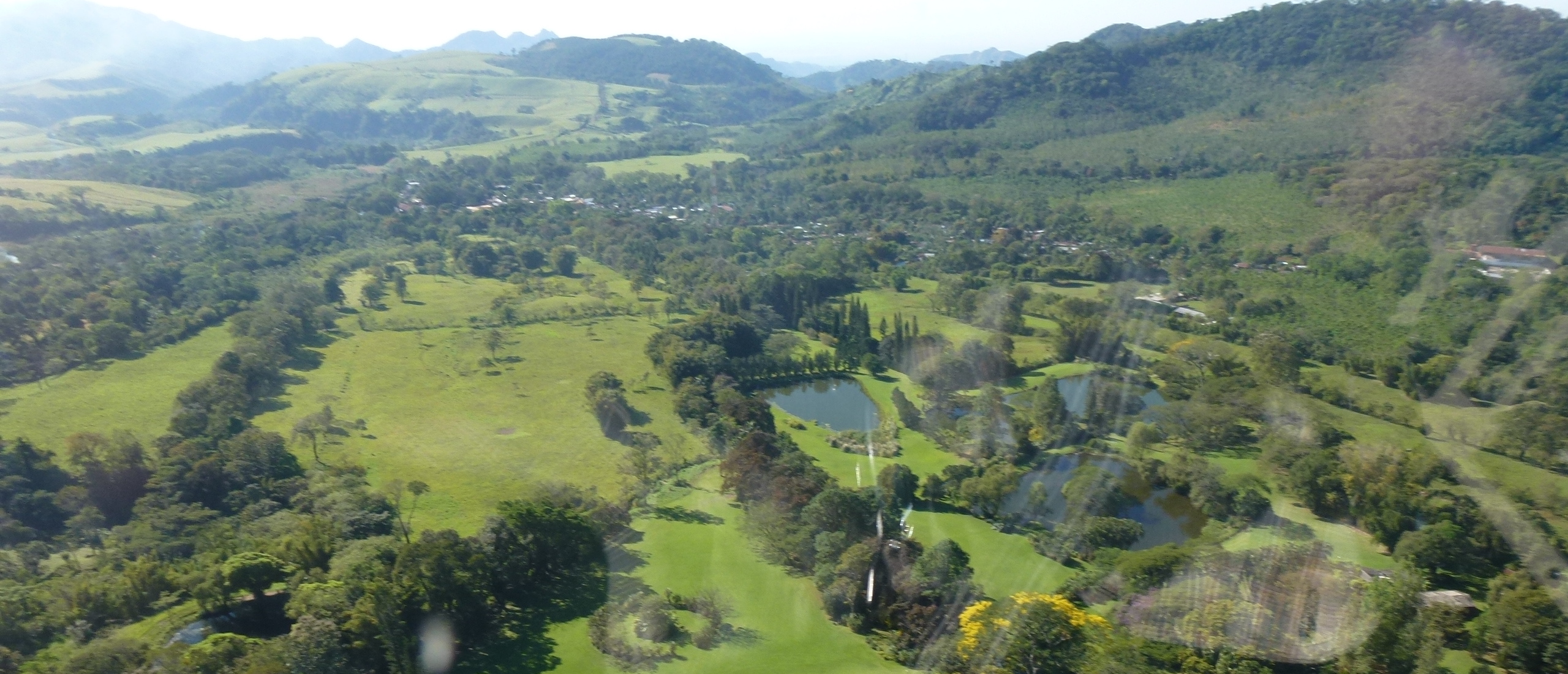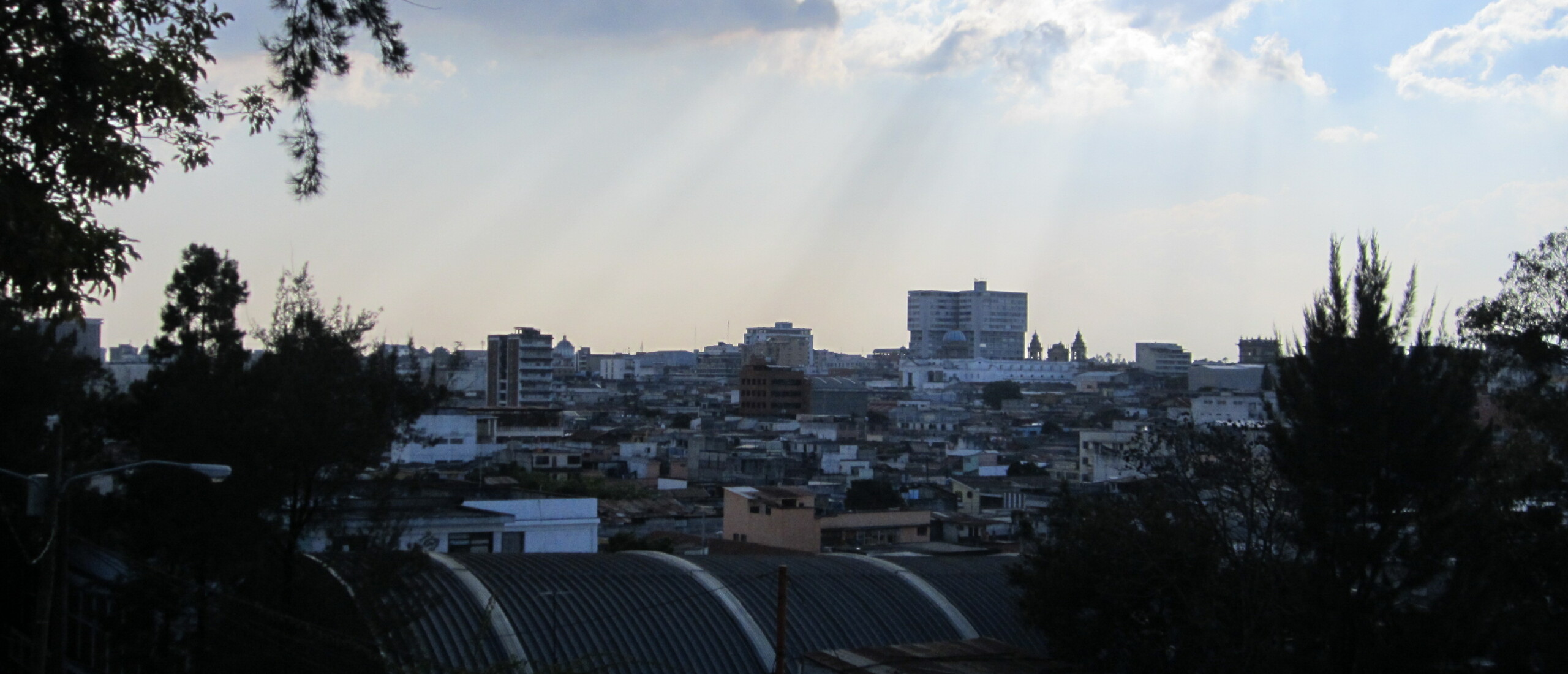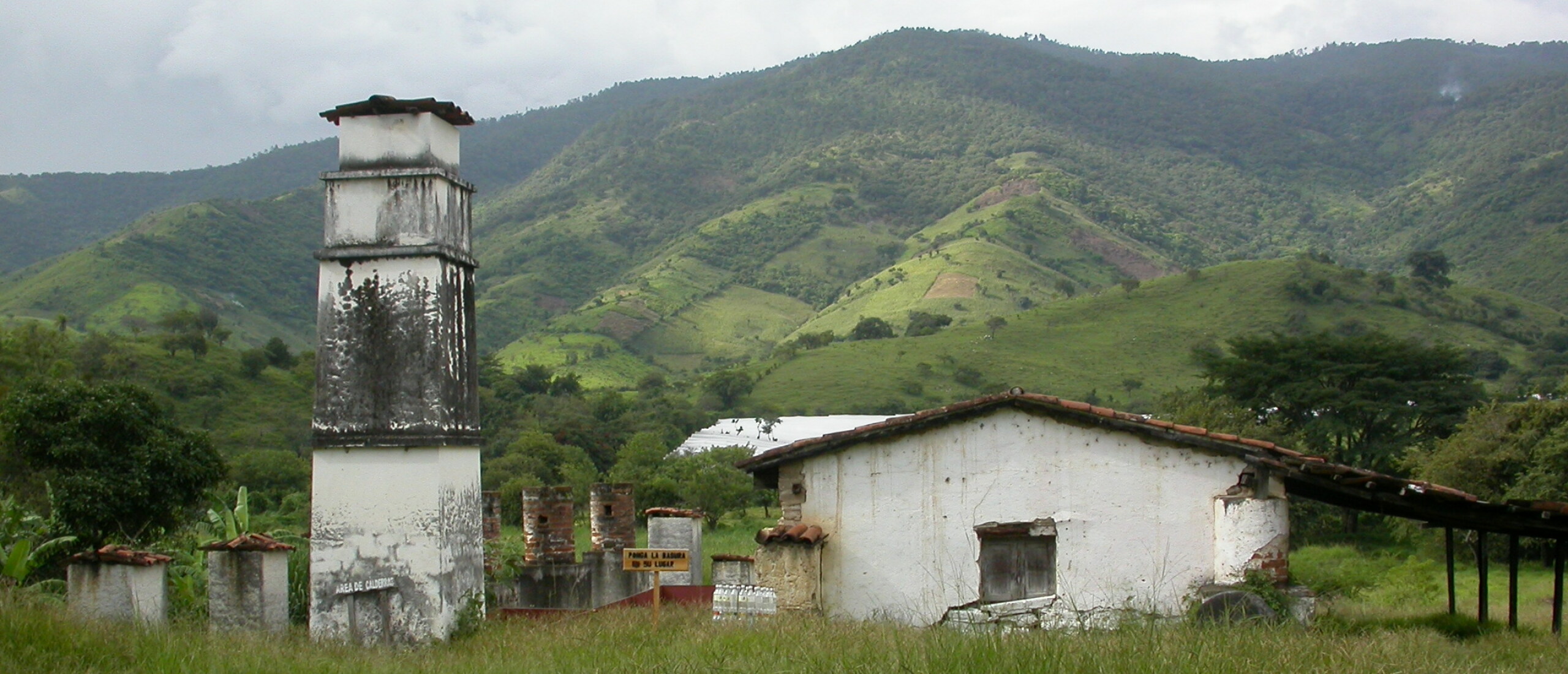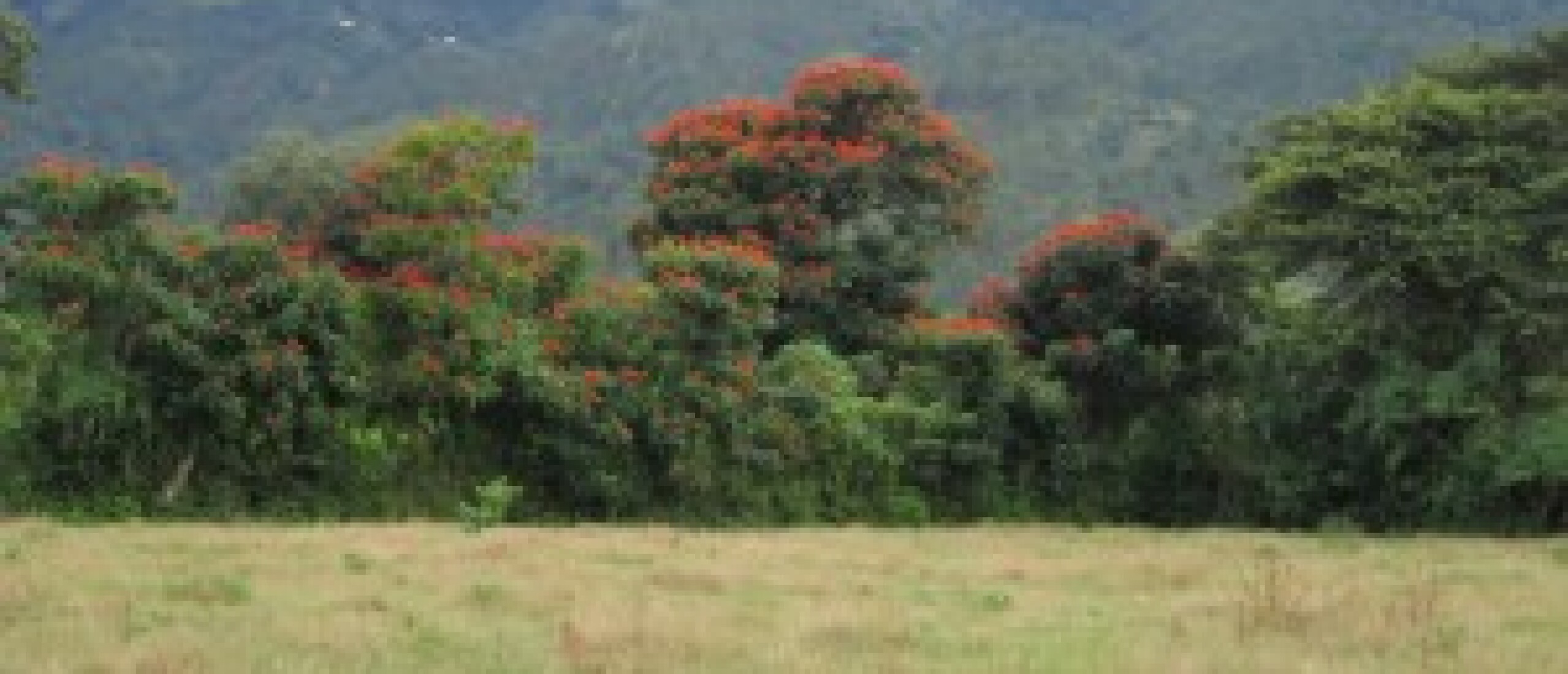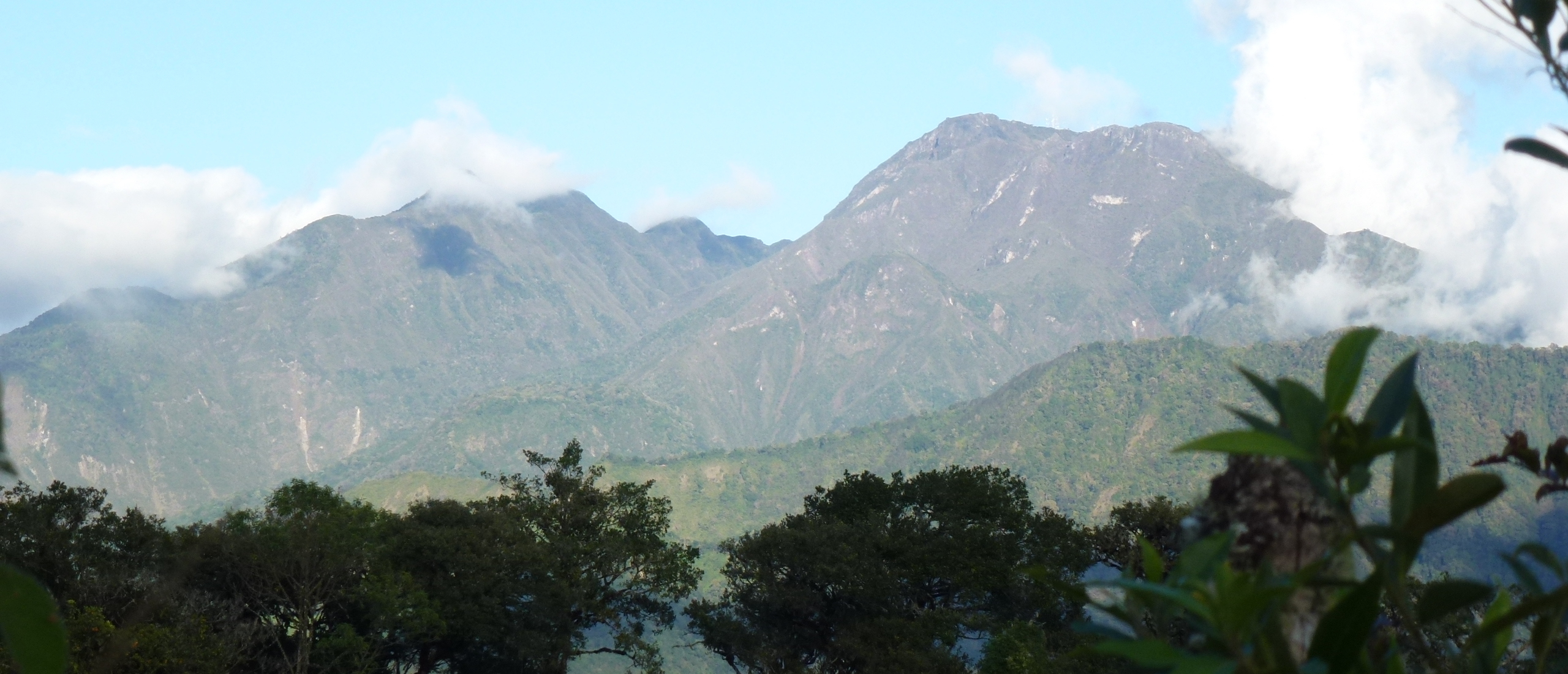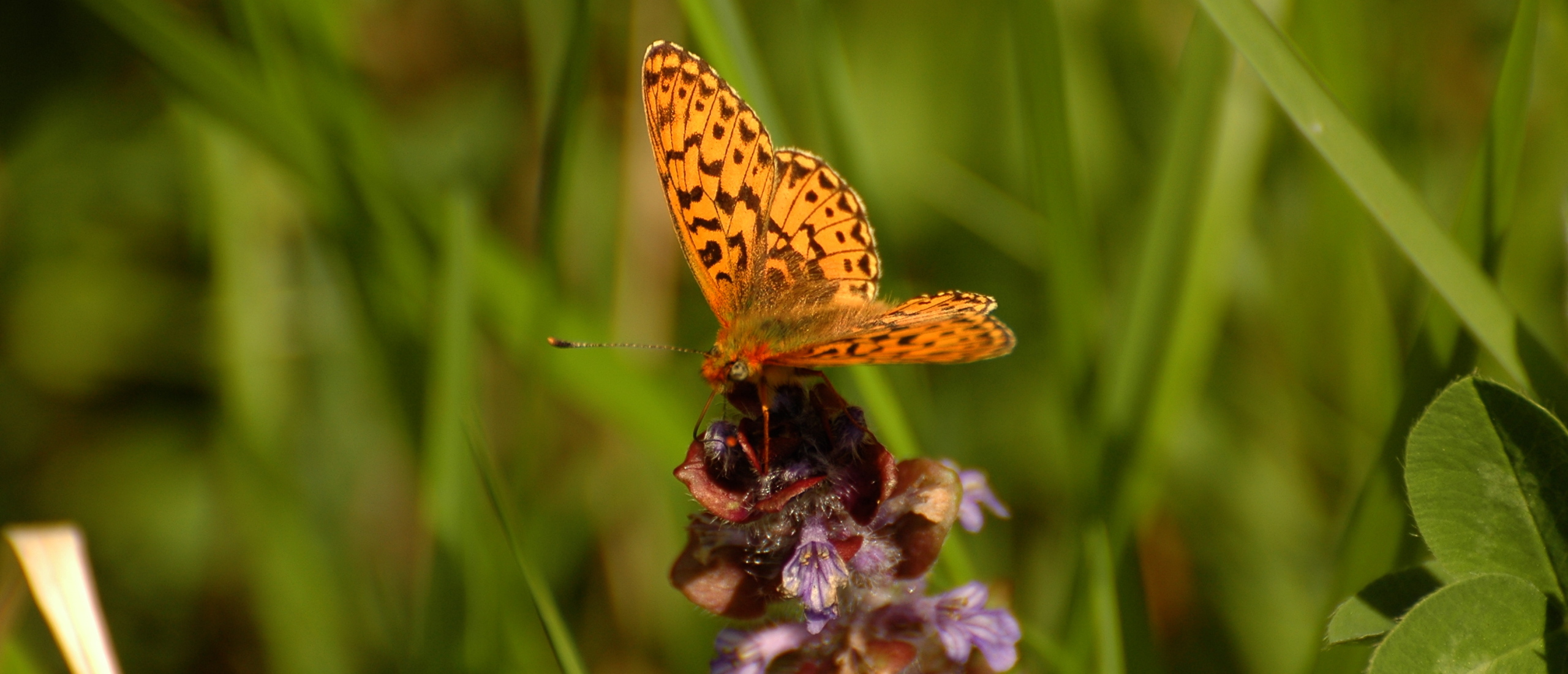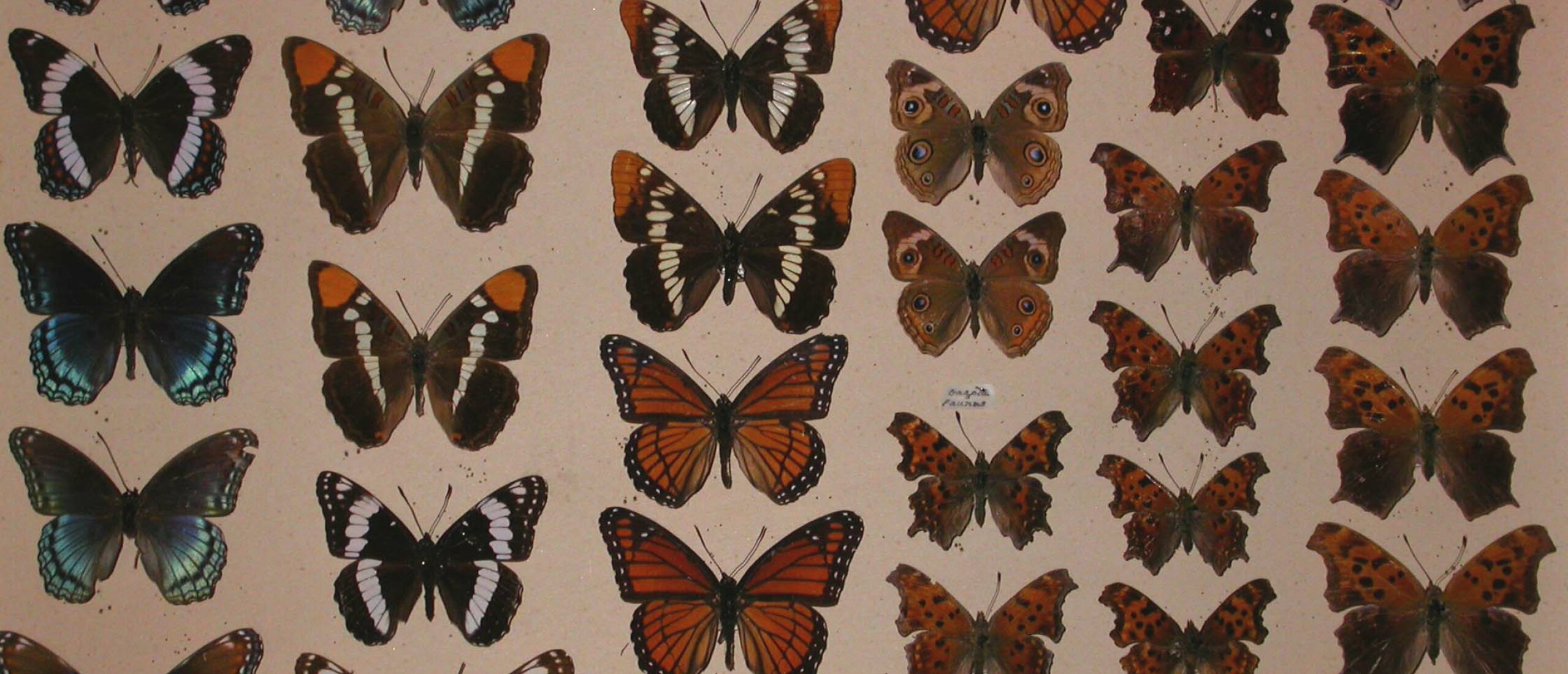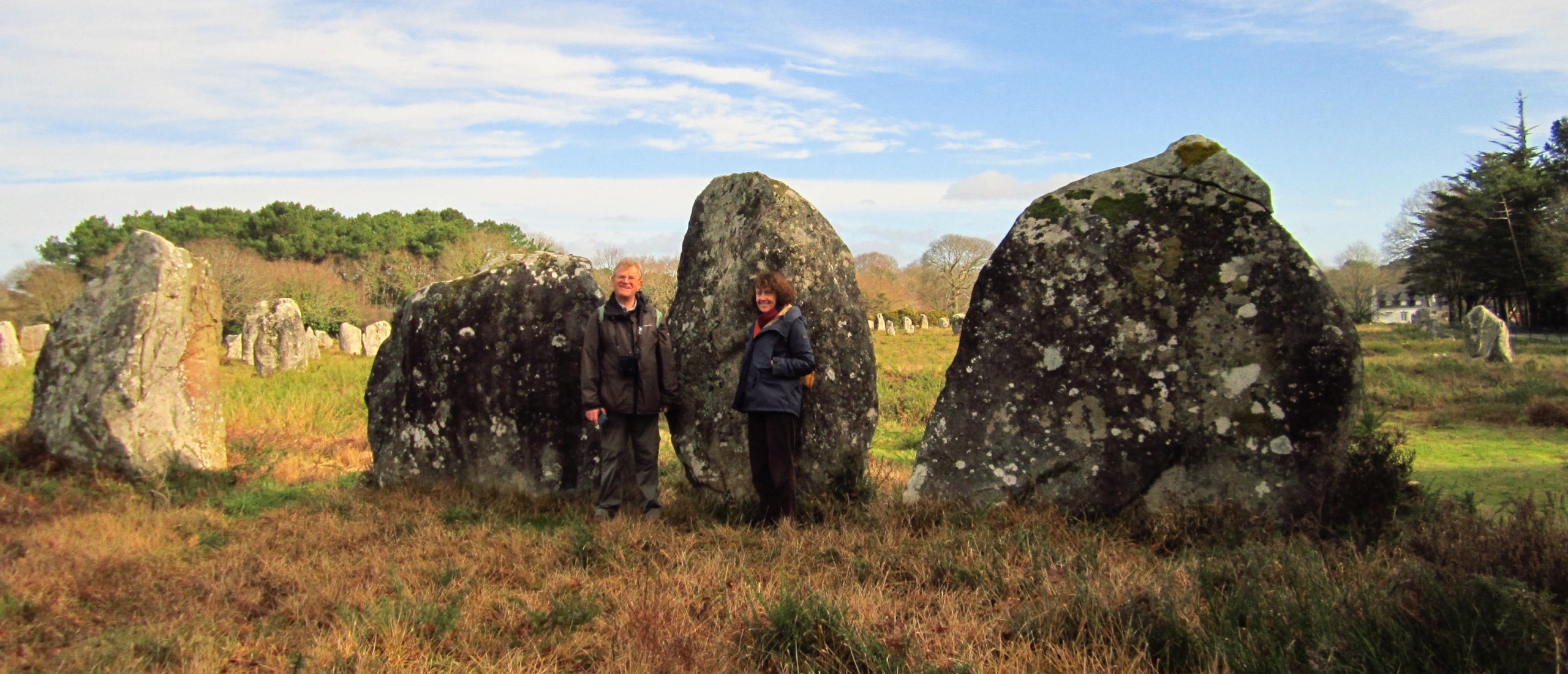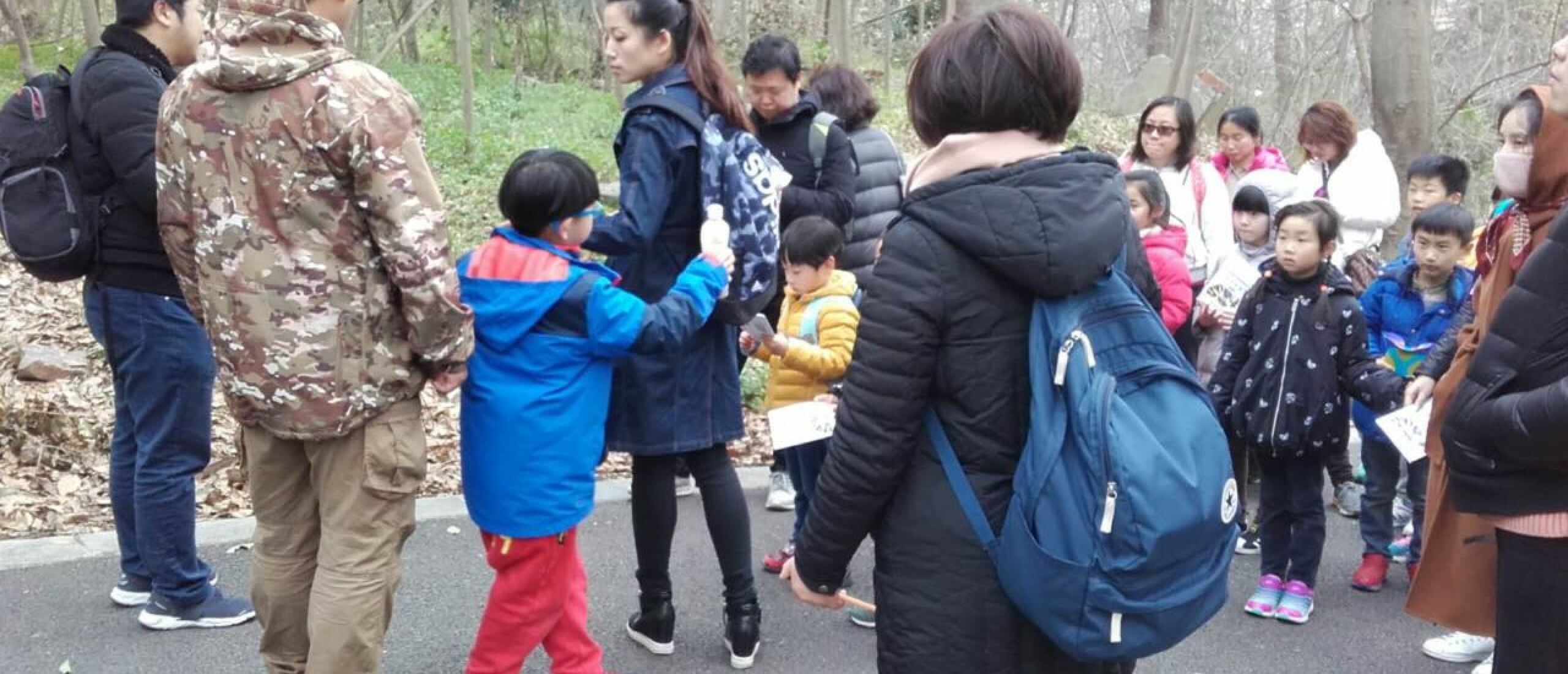
Luehdorfia at last! Yesterday was one of those days that will stick in my mind for years to come. I had been put in touch with a team of volunteers who are working to raise awareness about a butterfly that I had longed to see ever since I lived in Japan in the late 1980s and early 1990s, but which I had never managed to connect with all those years ago. Although neither of the two Luehdorfia species that occur in Japan can be found here in China, a very similar and closely allied species can, the appropriately named Luehdorfia chinensis. These remarkable butterflies belong to the swallowtail family, but they are much daintier than the true swallowtails in the genus Papilio, and they only emerge in the early spring. Their habitat is open woodland, and I knew they must provide a striking sight in the leafless forests, with their bright yellow ground colour, boldly striped with black bars and enhanced by a row of scarlet and blue spots on the hindwings. When I heard from one of my birdwatching friends about the team of volunteers who were working to protect these very special butterflies, and he offered to put me in touch with them, I jumped at the chance, and it was not long before I had received an invitation to join an excursion into the butterfly’s habitat with a bunch of children and their mothers, together with the volunteers, who gave what seemed to be an inspiring talk to the assembled group, and then handed them over to another team member.
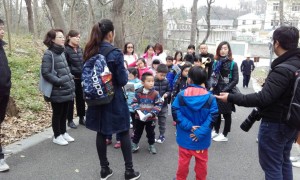 The children certainly seemed to be interested in their introductory talk by Zhang Yanning
The children certainly seemed to be interested in their introductory talk by Zhang Yanning
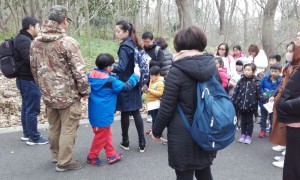 It was good to see so many interested people
It was good to see so many interested people
Although the weather had been cold and overcast in the morning, the volunteers had already done one excursion in the morning. I met the team just as they were coming down the trail, and after our initial greetings, they told me that during a brief gleam of sunshine, they had just managed to see and photograph two Luehdorfias. We shot up the path, led by Cai Runzhi, the young son of one of the volunteers,Zhang Yanning, and almost at once we spotted one Luehdorfia sailing through the trees, and to my delight, it landed on the steep edge of the path. However, I was not to manage to get any shots, as by the time I had very precariously eased myself into position, and then struggled with the autofocus not focusing, the butterfly had gone!


